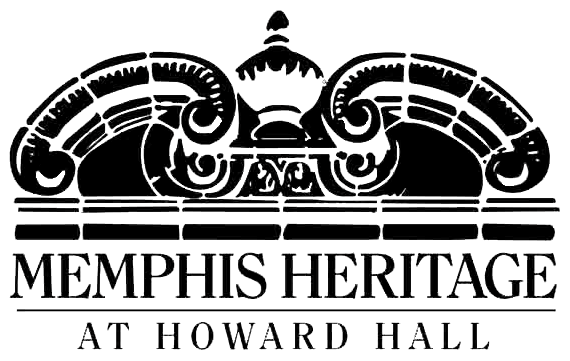Status: Preserved
Address: 3568 Townes Avenue, Memphis
Built: 1867-1934
Architectural Style: Cemetery
Original Function/Purpose: Cemetery

History: Memphis National Cemetery was established in 1867. When Memphis fell under Union control early in the Civil War, the city became a convenient location to care for wounded soldiers. Thousands of Northern troops who died were interred in or near the city, but after the war many were reburied in what had until then been known as the Mississippi River National Cemetery, now the Memphis National Cemetery. In all, they numbered around 13,000 soldiers, about 9,000 of whose names are unknown because they were reburied here from other locations. One area known as the “Fort Pillow Section” holds bodies of victims of the Battle of Fort Pillow and those who died in the occupancy of that fort. The cemetery is also the resting place of many casualties of the April 1865 explosion and burning of the U.S.S. Sultana, one of the nation’s most tragic maritime disasters. The cemetery’s 44 acres and park-like setting now hold remains of 43,700 veterans, spouses and children. On the grounds are two large commemorative monuments, erected by the states of Minnesota and Illinois in 1916 and 1929 respectively to honor the lives of their soldiers buried here. The cemetery is open to visitors, but not to fully new burials since casket burials have completely filled the cemetery’s footprint. Burial ceremonies can still occur in the case of cremations, thanks to a columbarium that will protect the ashes. On Juneteenth 2018 (June 19), an historical marker was unveiled at the cemetery commemorating the African-American Union soldiers and others killed at Fort Pillow and buried here. Also in 2018 the National Cemetery Administration, part of the Department of Veterans Affairs, began carrying out a $10 million project to upgrade old administrative buildings, repave roads, and generally improve access to the graves for visitors.
Map:

City Council District: 7
Super District: 9
County Commission District: 6
